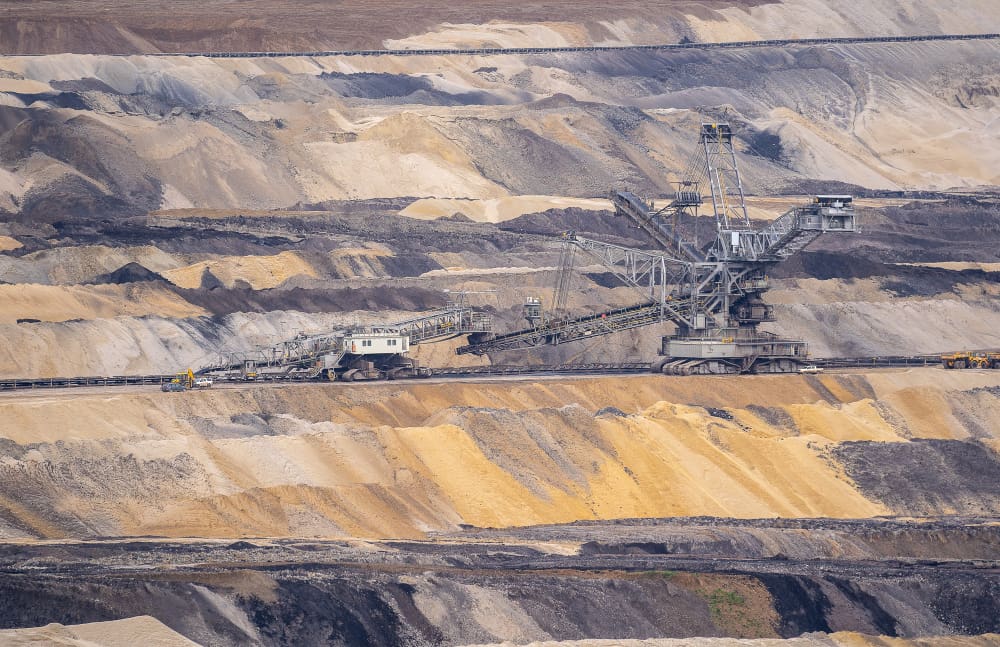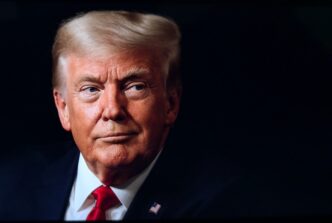On September 21, 2023, activity at a pink salt production site near Lake Sasyk-Sivash in Yevpatoria highlights the ongoing economic developments involving Ukraine and the United States. This follows a significant resources agreement between the two nations, potentially setting a precedent for future “minerals for muscle” deals. The recent U.S.-Ukraine minerals agreement, finalized and approved by Ukrainian lawmakers, aims to strengthen economic relations, support Ukraine’s reconstruction efforts, and establish the nation as a vital supplier of strategic minerals to the U.S. The partnership, long sought after by U.S. President Donald Trump, comes after prolonged negotiations amid the backdrop of Russia’s extensive invasion of Ukraine over three years ago.
Industry leaders, such as Ro Dhawan, CEO of the International Council on Mining and Metals, suggest that this deal is just the beginning of similar bilateral agreements intertwining minerals with geopolitics. He anticipates further outreach to mineral-rich countries, potentially leading to security agreements or other forms of trade deals. The Democratic Republic of the Congo, known for its extensive cobalt reserves, and other nations like South Africa and Canada might play crucial roles in these developments.
Critical minerals, essential for the energy transition, face a high risk of supply chain disruptions. These include metals like copper, lithium, nickel, cobalt, and rare earth elements. China currently dominates the global supply chain for these minerals, posing a strategic challenge for the U.S., especially with its shift towards low-carbon energy sources. Geopolitical tensions between Washington and Beijing have placed critical minerals at the forefront of the U.S. national security agenda.
Ukraine’s substantial reserves of critical minerals, assuming they are commercially viable, could offer a secure future supply chain for the U.S., alleviating some dependency on Chinese imports. This prospect aligns with recent diplomatic interactions, such as President Volodymyr Zelenskyy and President Donald Trump’s attendance at international events, indicating ongoing cooperation.
Despite the optimism surrounding “minerals for muscle” deals, some experts remain skeptical about the widespread adoption of such agreements. Aside from the potential with Ukraine and the Democratic Republic of the Congo, other countries like Canada, Australia, and several Latin American nations might be hesitant to engage in similar deals with the U.S. Resource nationalism and the desire to retain midstream business operations pose significant barriers.
Diplomatic tensions have also arisen between the U.S. and Canada, exacerbated by trade policies and proposals affecting national pride and bilateral relations. Canadian Prime Minister Mark Carney has firmly stated Canada’s sovereignty in discussions with the U.S., emphasizing the need for trade certainty rather than a minerals-for-muscle agreement.
Both Canada and the U.S. benefit from a long-standing interdependent relationship, being major suppliers and consumers of each other’s mineral exports. Their collaboration extends into defense organizations like NATO and NORAD, highlighting the depth of their strategic partnership. As the global conversation around minerals evolves, the implications of this U.S.-Ukraine deal may reveal new directions in international trade and diplomacy.








